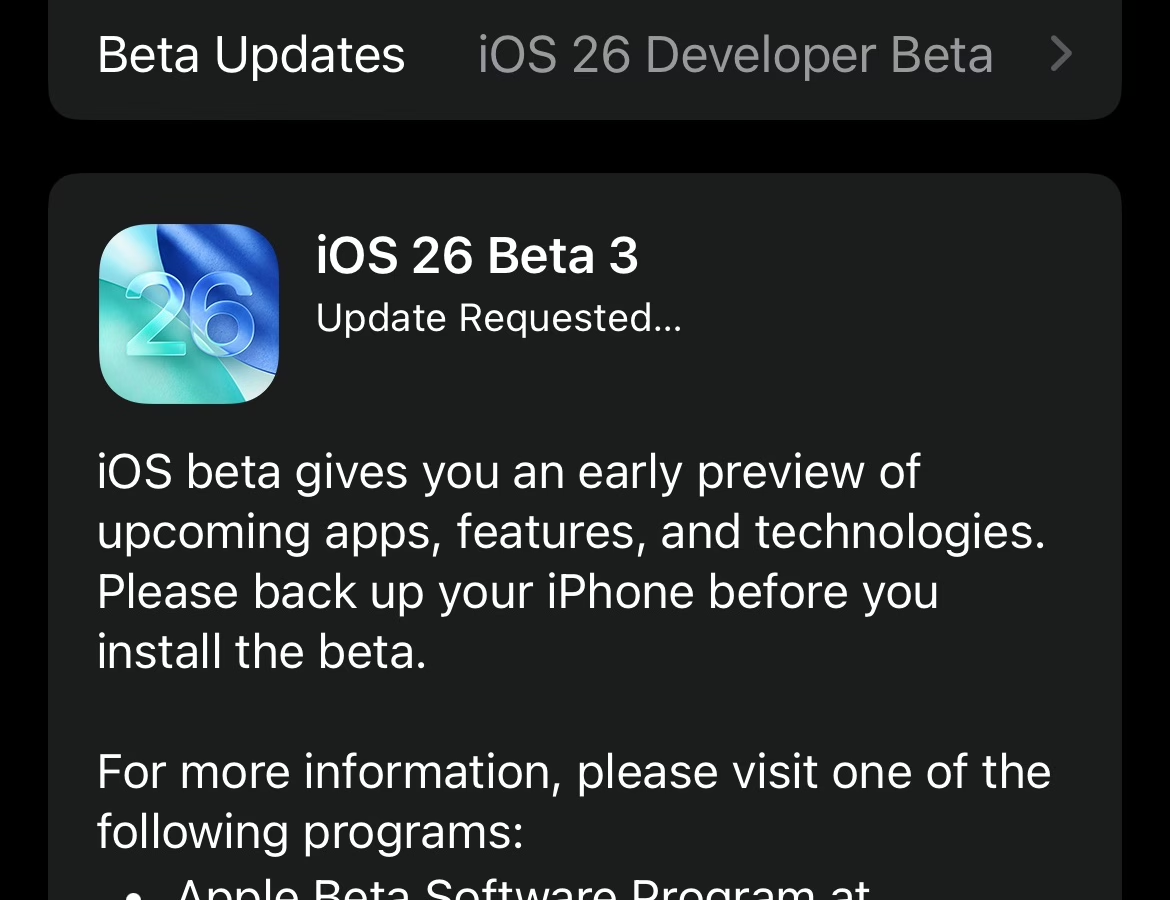iOS 26 Preview is scheduled to be released in the fall 2025, but a Public Beta should be available around mid-July. Apple is making big changes to the iOS numbering system – skipping from iOS 18 all the way to iOS 26 – to match the corresponding year of each iOS release. Being too impatient […]
Category: Software
Posted inSoftware, Tech
Serato Sample Review
Posted inTech
Review: Korg Gadget 3
Posted inSoftware, Tech
The Industry Standard: pCloud Review
Posted inSoftware, Tech










